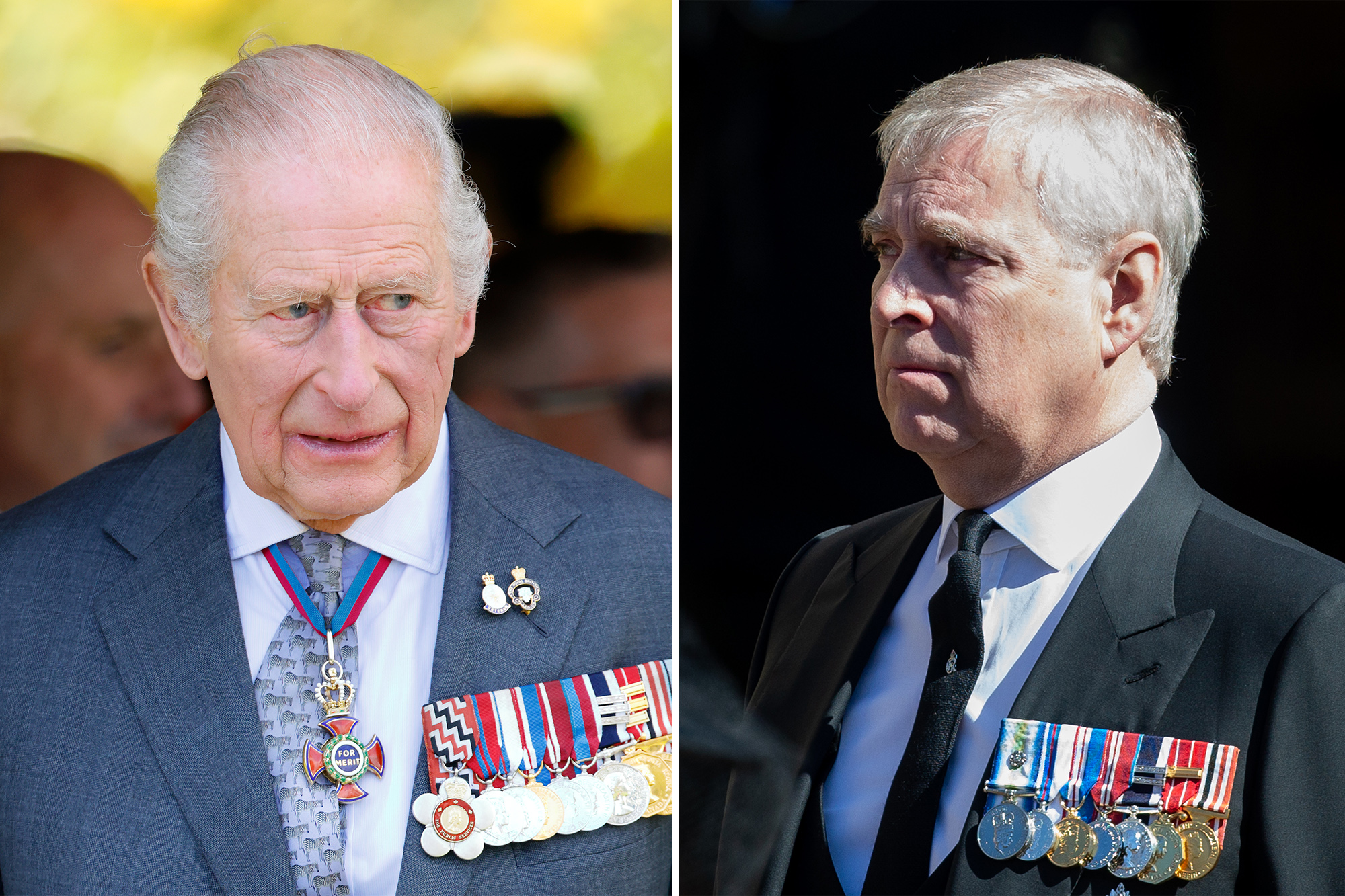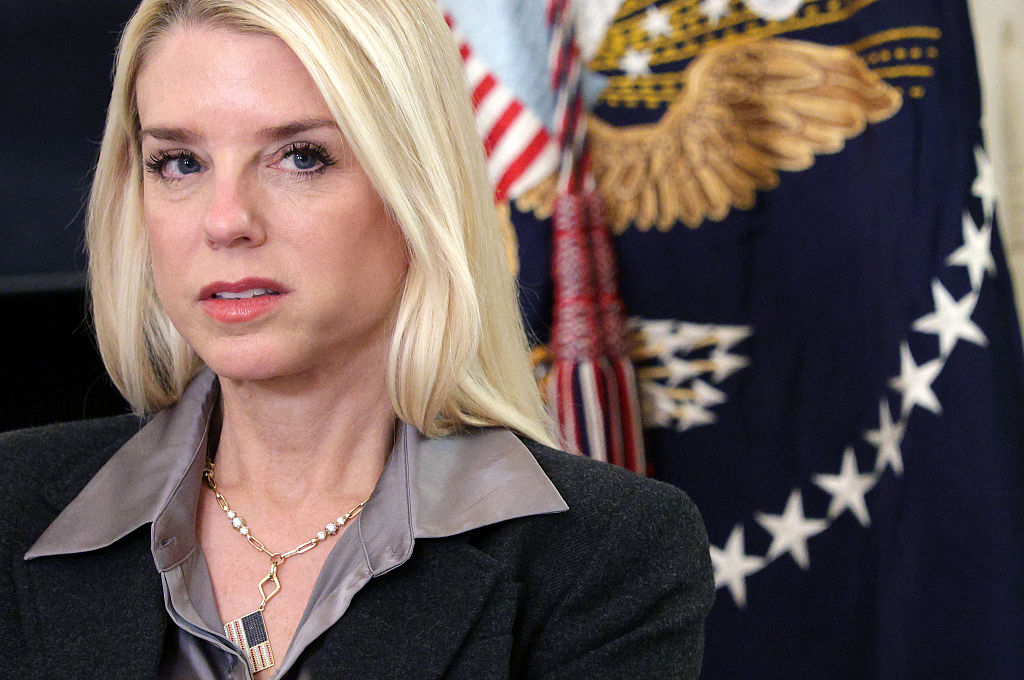A helicopter crash in Ghana that claimed the lives of two ministers, along with six others, has been attributed to poor weather conditions. The Z9 military helicopter was en route from the capital, Accra, to the town of Obuasi in August when it went down in a dense forest, resulting in no survivors. An investigative committee concluded its findings after a two-month probe, revealing that the aircraft lost altitude and lift due to a “downdraft,” a downward current of air.
The investigation confirmed that the helicopter was “airworthy” at the time of the incident. Nevertheless, it emphasized the need for modernization within the Ghana Air Force fleet, highlighting the lack of contemporary safety and navigational systems. Captain Paul Forjoe, a retired commercial pilot and aviation engineer who led the investigation panel, noted that the 13-year-old helicopter was missing a terrain awareness and warning system (TAWS). This critical device alerts pilots to potential ground collisions.
The tragic crash occurred while the passengers were on their way to an event aimed at addressing illegal mining in the region. Among those on board were the Defence Minister Edward Omane Boamah and Environment Minister Ibrahim Murtala Muhammed, both prominent figures in Ghana’s government.
According to eyewitness accounts, the helicopter was flying at an “unusually low altitude.” One witness described hearing the helicopter before experiencing a “loud sound” followed by a “bang.” Upon reaching the crash site, the farmer reported finding “no-one to be rescued.”
The investigation involved collaboration between Ghanaian authorities and U.S. aviation experts, alongside assistance from the helicopter’s Chinese manufacturer. The findings underscore the critical importance of enhancing aviation safety measures in Ghana. As the nation reflects on this devastating event, calls for improved regulations and modern technology in air travel are likely to grow in urgency.







